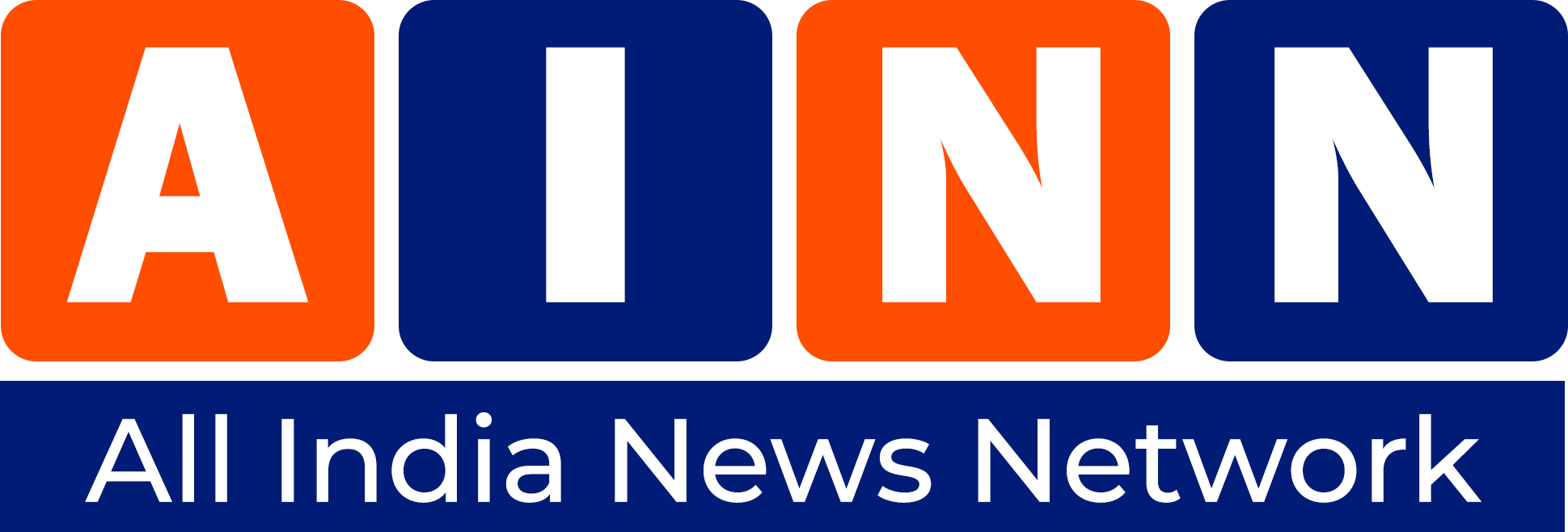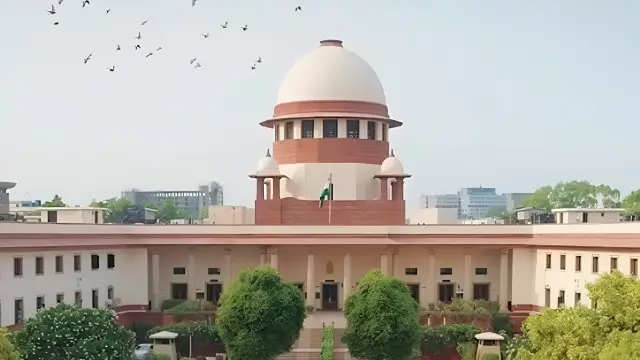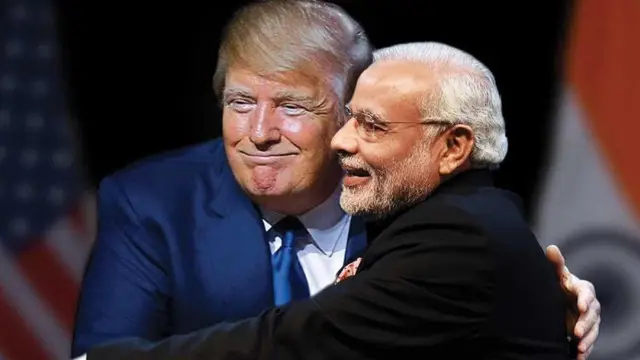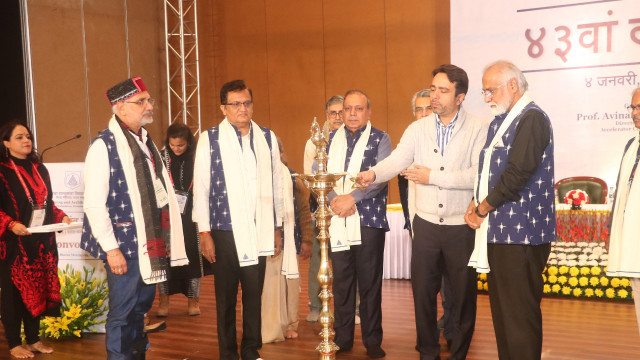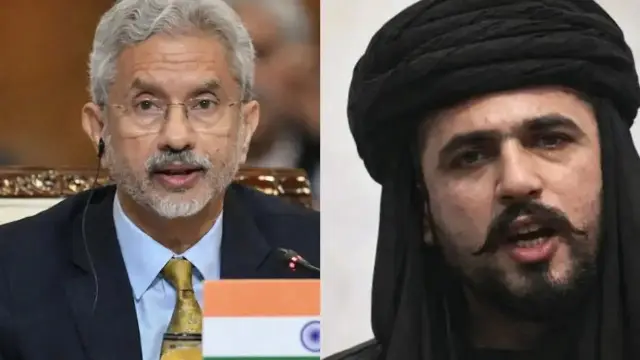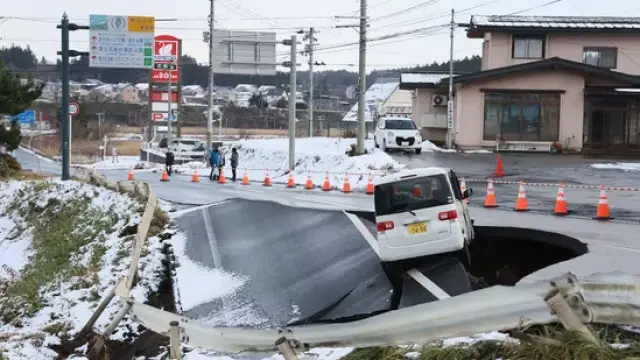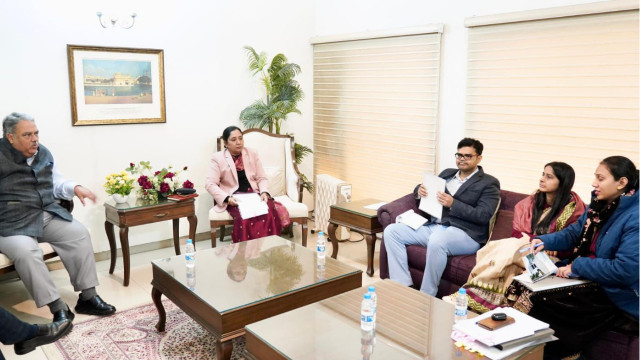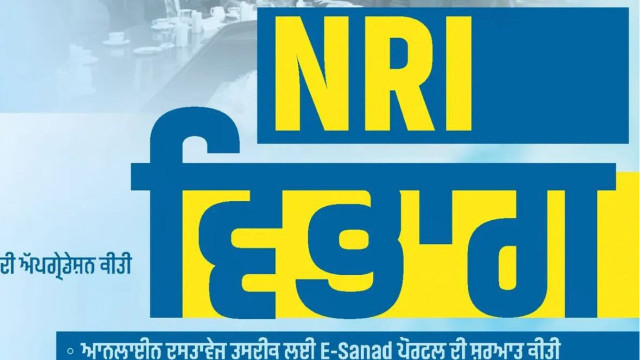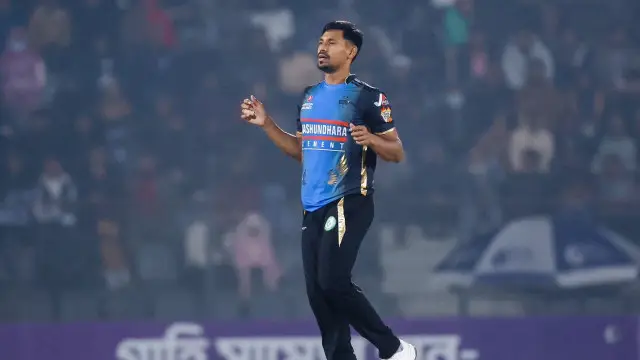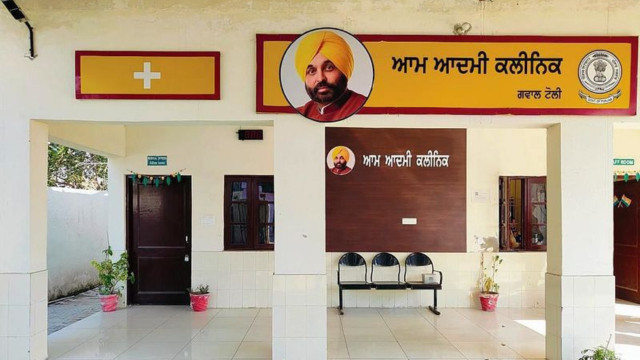Government Announces 2027 Census with Caste Data, Launches Self-Enumeration Web Portal
The Government of India has unveiled plans for the 2027 Census, set to commence on March 1, 2027, marking the country’s first digital census and the first since 1931 to include a caste enumeration

This exercise will also include a caste census, the first since 1931, aimed at capturing detailed socio-economic data to inform policy and electoral delimitation. With an estimated 30 lakh enumerators deployed across 24 lakh enumeration blocks, the census will blend technology and inclusivity, allowing citizens to actively participate in shaping India’s demographic landscape.
Govt announces 2027 Census
For the first time, the 2027 Census will leverage digital tools to enhance efficiency and accuracy. Citizens can self-enumerate through a dedicated web portal, accessible during both the house-listing phase (March to August 2026) and the population enumeration phase (February to March 2027). This portal, supporting 16 languages, enables households to directly input data, reducing errors and expediting the process. Additionally, enumerators, primarily school teachers and government officials, will use a mobile app to collect data, streamlining operations across urban and rural areas and ensuring real-time updates.
India's First Digital Census
The inclusion of a caste census is a landmark decision, responding to long-standing demands for comprehensive caste data. This move, covering 140 crore Indians, will provide insights into social and economic disparities, aiding targeted welfare programs and reservation policies. The caste data, collected alongside 31 other questions, will also inform the delimitation of Lok Sabha constituencies post-2026, potentially reshaping India’s political landscape. However, officials acknowledge challenges in ensuring accurate caste reporting, given the complexity of India’s social structure.
A Digital Leap
The 2027 Census, with its digital-first approach and caste focus, reflects India’s commitment to modernizing governance while addressing social equity. The web portal and mobile app aim to make the process inclusive and efficient, empowering citizens to contribute directly. As preparations begin, the government is working to ensure accessibility and awareness, particularly in remote areas, to achieve a comprehensive count that shapes India’s future policies and development.
